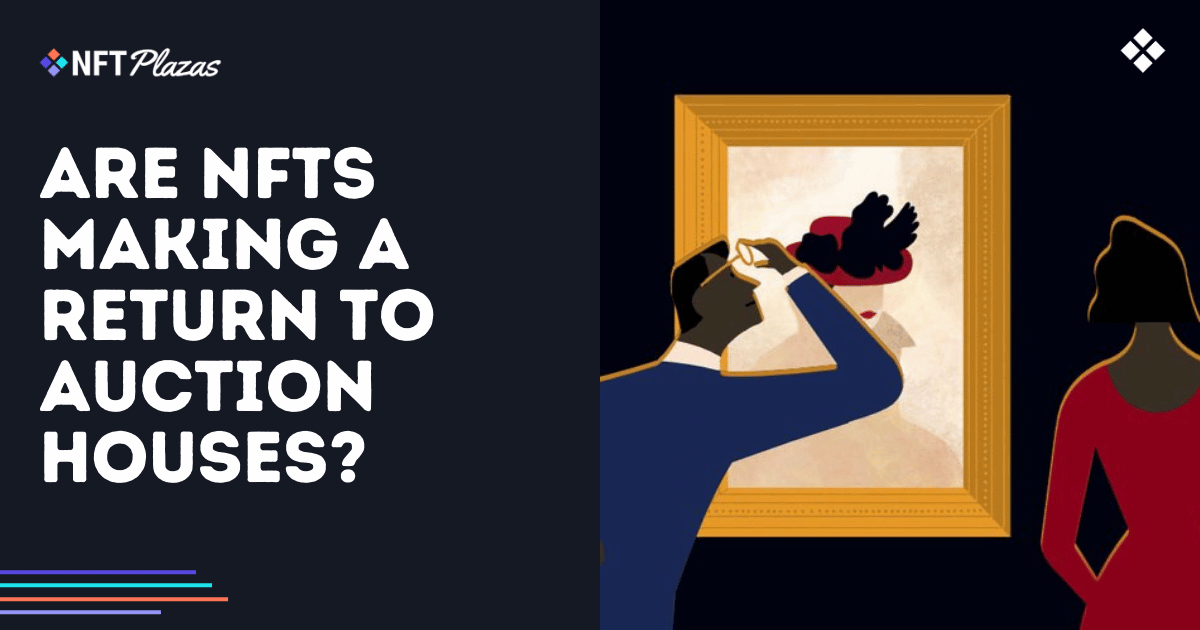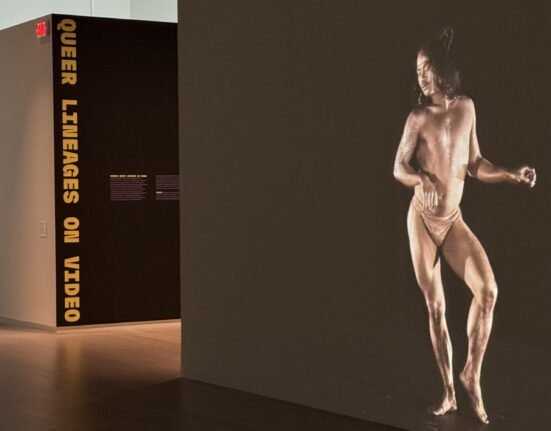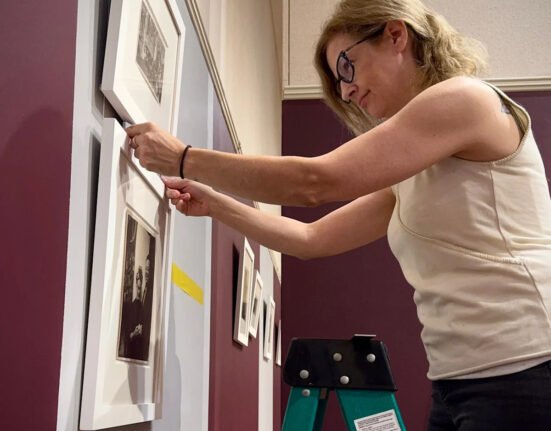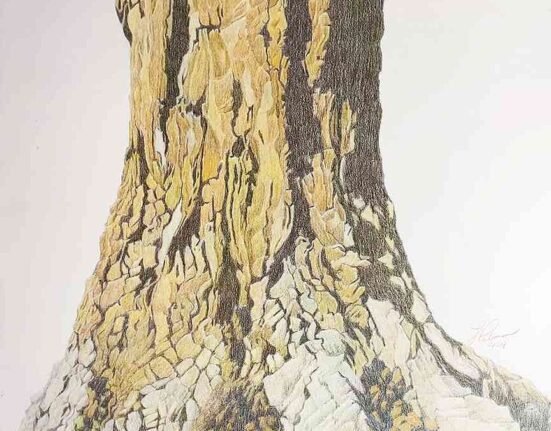Blockchain in Physical Art Auctions
On October 2, 2024, Christie’s New York hosted An Eye Towards the Real: Photographs from the Collection of Ambassador Trevor Traina.
Whilst his auction focused on fine art photography, it introduced a notable shift in ownership tracking. Christie’s partnered with Kresus, a web3 wallet provider, to offer digital certificates of ownership for each photograph sold. These certificates were stored on the blockchain, creating an immutable record of ownership.
This move highlights how blockchain is being used to address long-standing concerns in the art market related to provenance and authenticity. By providing secure and transparent ownership records, blockchain offers a new way to ensure that collectors can verify the history of their purchases.

 Source: Christie’s
Source: Christie’sBitcoin Ordinals in Digital Art
In another auction on October 10, 2024, Christie’s London featured Ascend, a digital artwork inscribed on Bitcoin’s Ordinals protocol.
This sale marked a significant moment for digital art on the Bitcoin blockchain, as it was the first time an Ordinals-based artwork was sold at a live auction. Created by artists Ryan Koopmans and Alice Wexell, the piece fetched £44,100.
The Ordinals protocol, used to inscribe digital assets on Bitcoin, is being seen as a new tool for digital artists to create more sophisticated and larger works. The sale of Ascend reflects a growing acceptance of blockchain-powered digital art in mainstream auctions.
Why are these events significant?
These two auctions illustrate how blockchain is expanding beyond digital art and NFTs, offering solutions for both digital and traditional art markets.
Christie’s use of blockchain-backed certificates for physical artworks and its auction of a Bitcoin Ordinals-inscribed piece show how the technology is evolving to meet the needs of a broader spectrum of collectors.
As blockchain continues to be incorporated into the art world, it could reshape the way provenance, ownership, and authenticity are managed. Christie’s recent auctions suggest that NFTs and blockchain-backed records may play an increasingly important role in the future of art auctions.







